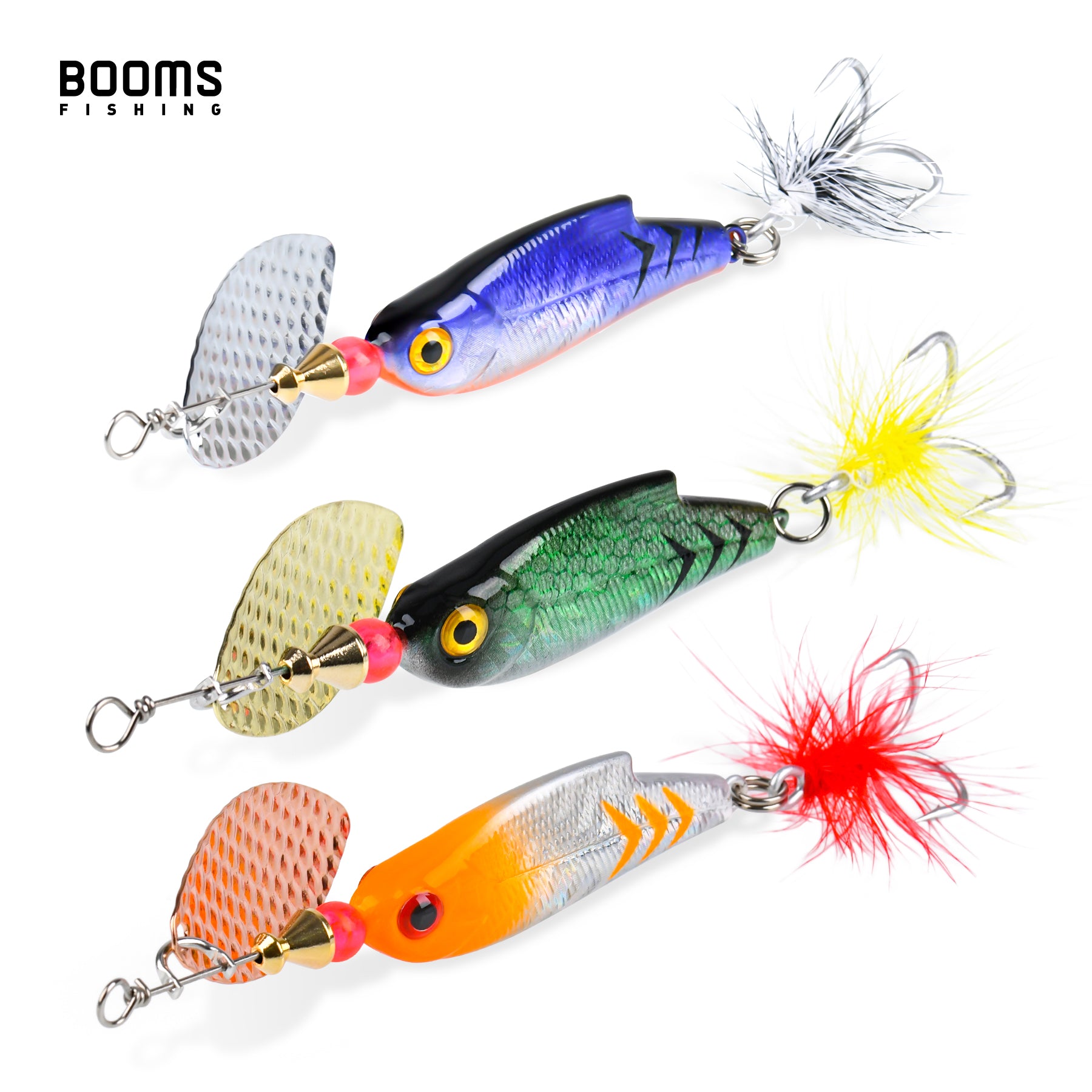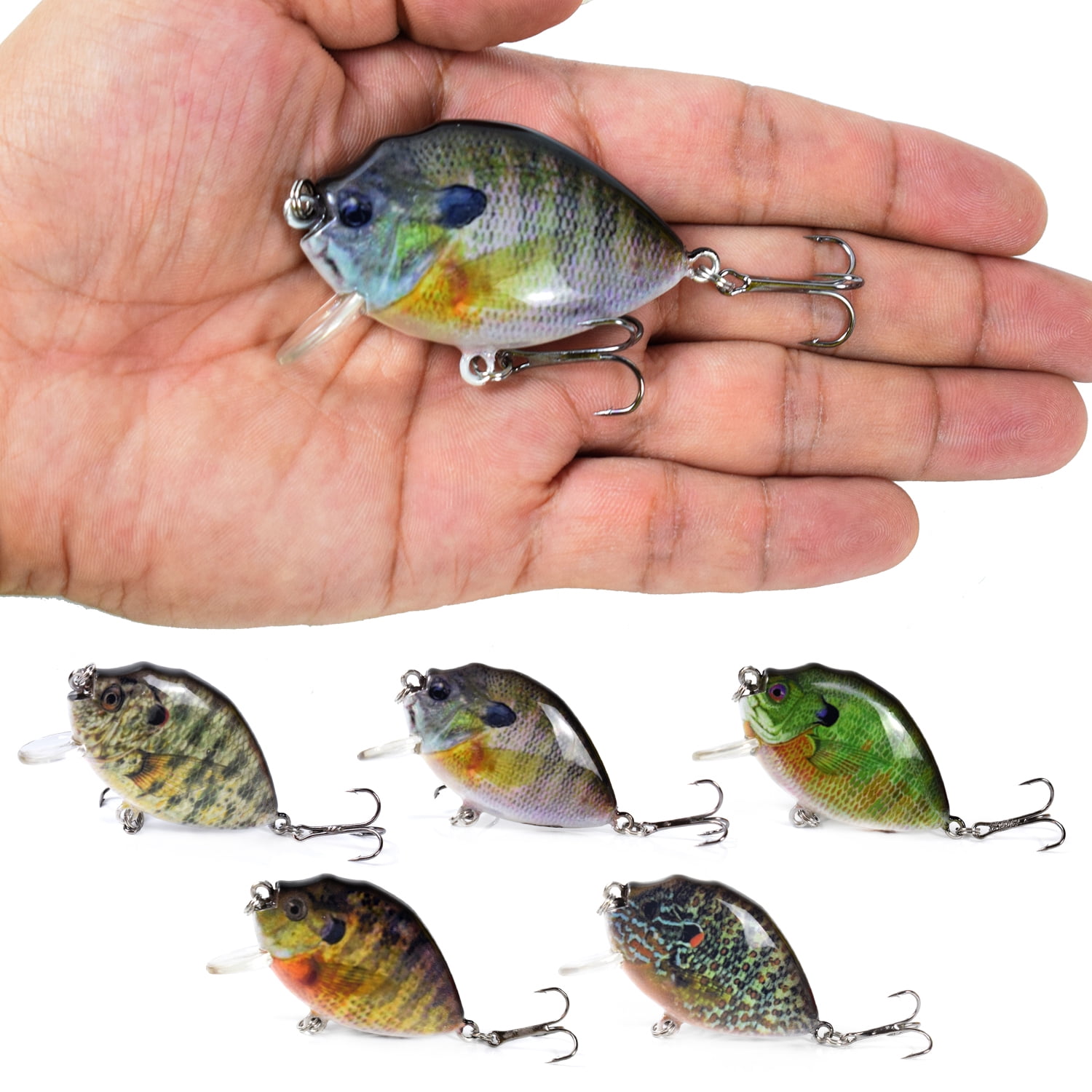12 Best Bass Lures for Pros Recommended by Tournament Anglers
Wiki Article
Discover the most effective Methods for Selecting Bass Lures for Your Next Fishing Expedition
Picking the right bass Lures can significantly influence angling success. Fishermens need to consider different factors, such as seasonal patterns and water quality. Recognizing bass habits is crucial (Best Bass Fishing Lures). Choosing Lures that resemble natural target can bring about better outcomes. Yet, numerous are unsure regarding the very best methods to implement. What strategies should one prioritize to enhance their fishing experience? The responses depend on examining particular problems and adapting as necessaryUnderstanding Bass Actions and Habitat
Recognizing the nuances of bass actions and environment is important for any type of angler aiming to improve their fishing success. Bass are usually found in different environments, including rivers, lakes, and tanks, where they look for structure such as submerged rocks, plant life, and fallen trees. Their habits is greatly influenced by water temperature level, light degrees, and readily available forage.Throughout warmer months, bass often tend to be much more active, commonly occupying shallower waters, while in colder months, they pull away to deeper areas. Furthermore, bass display patterns of feeding, typically being much more hostile during dawn and sundown. They are opportunistic killers, taking advantage of smaller fish, insects, and crustaceans. Recognizing these factors can assist anglers recognize prime fishing areas, along with the very best times to fish. Identifying bass actions in connection with their environment is crucial for successful fishing, assisting fishermens in making informed decisions regarding where to cast their lines.
Matching Lures to Seasonal Issues
As fishermens adapt their techniques to altering periods, matching Lures to seasonal problems comes to be an essential approach for boosting angling success. In spring, when bass are arising from winter season dormancy, anglers often use spinnerbaits and shallow-running crankbaits to mimic the motions of victim. Summertime requires a change to topwater Lures or soft plastic worms, as bass look for color and cooler waters. During the fall, when bass are fattening up prior to winter, larger Lures that mimic baitfish can be efficient. Winter months calls for an extra subtle approach; jigs and slow-moving skill baits usually yield far better outcomes as bass come to be sluggish. Understanding these seasonal patterns helps fishermens pick the right attractions, consequently enhancing their chances of an effective catch. By lining up lure selections with the all-natural behavior of bass throughout the year, anglers can optimize their fishing experience and enhance their total success on the water.The Importance of Shade Option
Color selection plays an essential function in bass fishing, as it can considerably influence a fisher's success. Variables such as water quality, seasonal changes, and the particular choices of various bass varieties all affect which colors are most effective. Understanding these aspects permits anglers to make enlightened choices that improve their angling experience.
Water Clarity Factors To Consider
When the water quality varies, choosing the ideal bass lure shade becomes essential for attracting fish. In clear water, natural shades such as shad or bluegill patterns tend to be extra reliable, as they simulate the prey bass are accustomed to seeing. On the other hand, in dirty or discolored water, brighter colors like chartreuse or fire tiger can enhance visibility, making it less complicated for bass to identify the lure. The comparison between the lure and the surrounding atmosphere plays a significant duty in angling success. Fishermens should additionally consider the moment of day; lighter colors might function better in brilliant sunlight, while darker shades can be a lot more reliable throughout low-light conditions. Adjusting attraction shade to water quality maximizes the chances of an effective catch.Seasonal Color Scheme
Just how do seasonal adjustments affect bass habits and lure effectiveness? As temperatures shift throughout the year, bass adjust their feeding habits and chosen habitats, making shade selection critical for effective angling. In spring, when bass spawn, intense shades like chartreuse can stand out. Summertime often call for even more all-natural hues, such as green pumpkin or shad patterns, as bass look for to assimilate with their surroundings. During loss, vivid shades like orange and red simulate the altering foliage, enticing bass as they plan for winter. In winter season, suppressed tones such as white or gray may be more efficient, as bass become lethargic. Ultimately, comprehending seasonal color scheme makes it possible for anglers to choose Lures that reverberate with bass's present behavior, enhancing their opportunities of success.
Species-Specific Preferences
Recognizing species-specific choices is essential for anglers wanting to enhance their attraction selection. Different bass varieties, such as largemouth and smallmouth, exhibit distinct color choices based on their environment and feeding actions. Largemouth bass typically prefer darker tones, particularly in murky waters, where colors like dark and black environment-friendly imitate all-natural prey. On the other hand, smallmouth bass are most likely to reply to brighter shades, such as chartreuse and orange, especially in clear waters. Additionally, water clarity and light problems can influence these preferences, making it crucial for fishermens to adjust their appeal color accordingly. By considering these species-specific choices, fishermens can raise their opportunities of a successful angling trip, ultimately improving their general experience on the water.Picking the Right Draw Type for Various Situations
Selecting the ideal attraction type for various angling scenarios is vital for success on the water. Fishermens should think about variables such as water clarity, weather problems, and the bass's feeding practices. For murky water, darker-colored lures, such as spinnerbaits or jigs, can be effective, as they create a strong silhouette. In clear water, natural-colored Lures like soft plastics or topwater lures might lure skeptical bass.When fishing in heavy cover, using heavy jigs or weedless rigs can aid browse via obstacles without getting. Conversely, open water scenarios may take advantage of crankbaits or swimbaits that can cover higher distances. Furthermore, throughout cooler months, slower-moving Lures often tend to be much more effective, while warmer problems may require faster retrieves. By adjusting lure selections to specific atmospheres, fishermens boost their opportunities of a successful catch.
Exploring With Dimension and Activity

Fishermens commonly try out a range of actions and dimensions to figure out what works best under differing conditions. A slow-moving, subtle action could be suitable in colder water, while a fast, aggressive retrieve might be more reliable in warmer temperatures. By thoroughly observing the bass's responses to these variations, fishermens can refine their technique and increase their possibilities of an effective catch. Inevitably, the best mix of size and action can make a substantial difference on the water.
Reading Water Conditions for Better Tempt Choices
Comprehending water conditions is essential for choosing the best bass appeal. Factors such as water clearness and temperature level can dramatically affect fish behavior and feeding patterns. By assessing these conditions, anglers can make enlightened choices that enhance their possibilities of an effective catch.Evaluating Water Quality
How does water clearness influence the performance of bass appeals? Water clarity significantly influences bass behavior and the exposure of appeals. In clear water, bass have a tendency to be extra careful, making natural-colored Lures a lot more reliable as they resemble prey closely. Anglers may select lighter, subtler colors to stay clear of startling fish. Alternatively, in dirty or stained water, brighter and even more lively shades stand out, standing out also in reduced presence problems. Furthermore, the kind of lure can differ; slower-moving Lures may function much better in clear water, while quicker, extra aggressive discussions can entice bass in murkier atmospheres. Understanding the clearness of the water enables anglers to pick Lures that maximize their possibilities of success during their angling journeys.Recognizing Water Temperature Level
As water temperature fluctuates, it straight influences bass habits and their feeding patterns, making it essential for fishermens to take into consideration when choosing lures. Typically, bass like warmer temperature levels, commonly in between 65 ° F and 75 ° F, where their metabolic rate is enhanced, leading to increased feeding task. In cooler water, bass become lethargic and might choose slower-moving lures, such as jigs or soft plastics. Alternatively, during warmer months, faster discussions like crankbaits or topwater Best Bass Fishing Lures Lures can be extra reliable. Anglers should likewise consider seasonal adjustments; as an example, springtime warming causes aggressive feeding as bass prepare to generate. By understanding just how temperature affects bass, anglers can make enlightened decisions on appeal option, substantially improving their opportunities of success.Tips for Organizing and Keeping Your Tempt Collection
While numerous anglers concentrate on choosing the ideal Lures for their next angling trip, organizing and preserving an appeal collection is similarly crucial for enhancing effectiveness and performance. A well-structured collection enables fishermens to promptly locate the Lures they need, decreasing time spent rummaging with take on boxes.To begin, anglers should classify Lures by kind-- crankbaits, jigs, or soft plastics-- making it simpler to discover details choices. Using deal with trays or boxes with adjustable areas can help maintain whatever organized. Identifying containers simplifies the process better, helping quick identification.
Regular maintenance is also vital; anglers ought to check Lures for indications of wear, such as rusted hooks or damaged paint, and change them as essential. Cleansing Lures after each journey protects against wear and tear and makes certain long life. By carrying out these business and maintenance methods, fishermens can improve their fishing experience and guarantee their Lures are constantly in optimum problem.
Often Asked Inquiries
What Are the most effective Brands for Bass Lures?
The most effective brand names for bass Lures include Rapala, Strike King, and Berkley. These brand names are renowned for their innovation, performance, and high quality, appealing to both amateur and experienced anglers seeking successful angling experiences.The Amount Of Lures Should I Handle a Journey?
A common fishing expedition must include around 5 to ten lures, permitting versatility while avoiding clutter. This option needs to include various kinds and colors to adjust to altering conditions and fish choices.Can I Make My Own Bass Lures?
Yes, people can make their very own bass Lures utilizing numerous materials and techniques - Best Bass Lures. Crafting Lures allows for modification, allowing fishermens to experiment with colors, sizes, and shapes to suit details fishing conditions and choicesWhat's the Average Life Expectancy of a Bass Lure?
The typical life-span of a bass appeal differs, typically lasting from a few months to numerous years, depending on worldly high quality, usage regularity, and ecological conditions. Appropriate treatment can significantly prolong a lure's usability.Exist Certain Lures for Evening Angling?
Yes, there are particular Lures made for night fishing. Dark colors and Lures that produce vibrations, such as spinnerbaits or jigs, typically bring in bass in low-light problems, boosting visibility and activating predacious instincts.On the other hand, in dirty or tarnished water, brighter colors like chartreuse or fire tiger can enhance exposure, making it much easier for bass to identify the attraction. Larger Lures can bring in larger bass, while smaller sized Lures might be a lot more efficient for catching smaller sized fish. Furthermore, the type of lure can differ; slower-moving Lures may work much better in clear water, while much faster, extra hostile discussions can entice bass in murkier environments. As water temperature fluctuates, it straight influences bass actions and their feeding patterns, making it essential for anglers to take into consideration when choosing lures. While several fishermens focus on choosing the best Lures for their following fishing journey, organizing and keeping an attraction collection is just as vital for improving performance and performance.
Report this wiki page